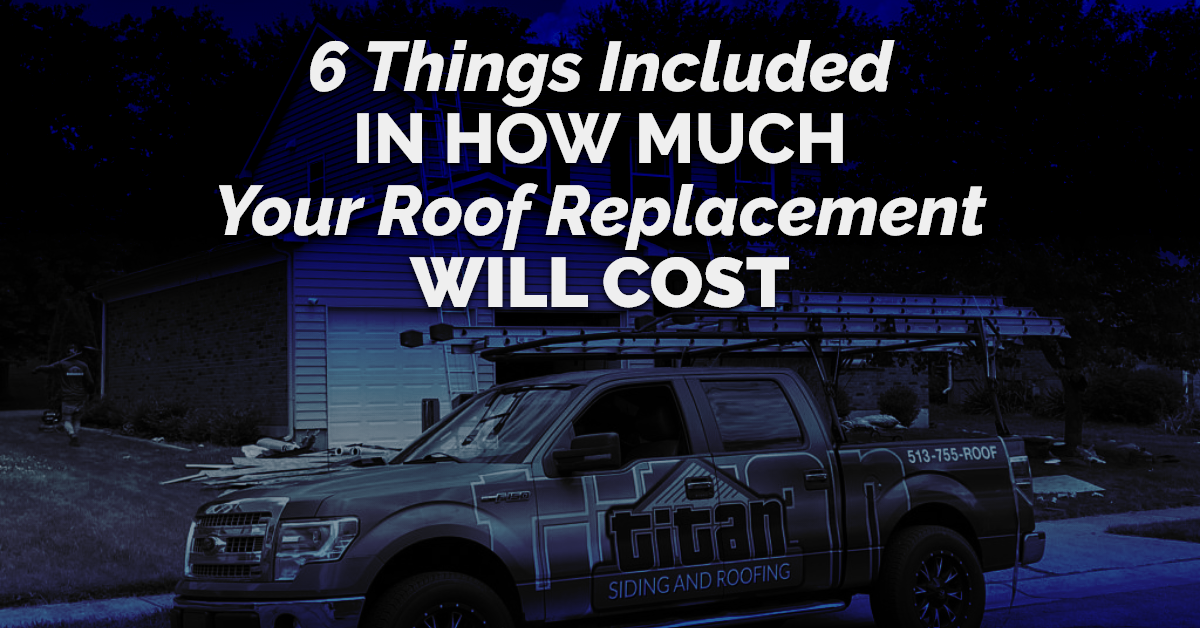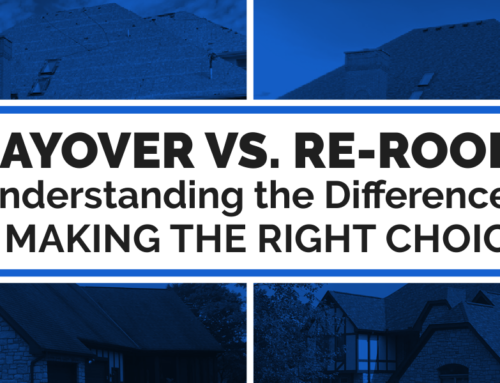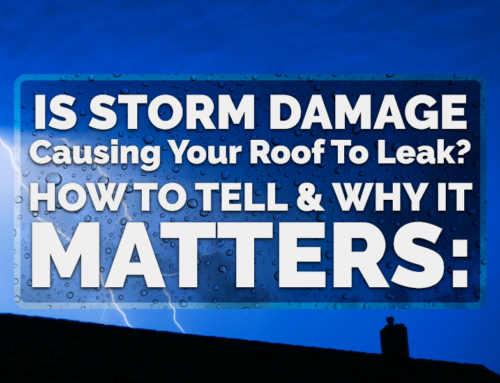Because every roof and home is different, the cost of a roof replacement varies. While a roofing contractor can give you a ballpark price over the phone, thorough inspection and measurements need to be done to provide you with an accurate estimate. During the inspection, your roofer will evaluate the factors which go into putting a new roof on your home and then give a detailed estimate to help you understand everything covered by the cost.
1. Number of Stories and Roof Accessibility
How many stories your home has does factor into the cost. The roofing crew will get onto the roof and transport materials up and down. The higher the house, the more labor will be involved in removing the old roof and installing the new one.
If your home has 2-3 stories, the roofing contractor will need extra time and more sophisticated equipment to safely navigate the roof, which will add cost to your project.
The accessibility of your roof is a determinant factor. The harder your roof is to access, the more it impacts the roof replacement cost. If you have a fence, rows of shrubbery, trees around your home, or live in a neighborhood with tight fits between houses, it will take cost more to replace your roof than a home with a roof that’s easy to get to.
2. Square Footage of the Roof
Not surprisingly, the square footage of your roof affects the cost of your new roof. But it’s worth noting the square footage of your roof is not the same as the square footage of your home. Your home’s square footage is the sum of all gross living areas. Conversely, the square footage of your roof includes all covered living spaces as well as garages, front entryways, overhangs.
A ranch-style home will have more square footage compared to a three-story house. A roof with higher square footage will undoubtedly cost more in labor, materials used, and time needed to get the job done.
3. Roof Pitch
The steeper the roof, the more difficult and expensive the roof replacement project. The roof’s pitch primarily determines how safe it is to walk on the roof. When the crew is working on a roof with a steep slope, they’ll need additional safety equipment and use more caution when working on various sections of the roof without taking unnecessary risks.
Also, steeply pitched roofs require a slightly higher labor cost because it’s more difficult and takes longer to replace the roof than on a flat or minimally pitched roof. Likewise, a more complex roof design with hips, valleys, peaks, and a high number of facets at multiple angles will require more labor and materials than a roof with a basic shape.
4. The Type of Roofing Material
This is one area you may have a bit of control over when getting a new roof. There’s a wide range of roof materials to choose from, including asphalt shingles, metal, wood, slate, and tile. And these are available in different colors, shapes, and styles.
Asphalt shingles are the most widely used roofing material because they’re affordable and easy to install. Some premium shingles roofs, however, come at premium prices. Something like tile or slate is more of a splurge because of the material itself and because it’s heavier and will need sophisticated equipment and structural enhancement to support the material. Metal roofs are also more expensive than shingle roofs because of their enhanced durability, performance, and longevity.
The components of a roof system will also be factored into the cost of your new roof. These include:
- Ice and water shield
- Underlayment
- Ridge capping
- Ventilation system
- Starter shingles
- Flashing
- Pipe boots
- Drip edge
5. Bad Decking Replacement
Decking is the wooden boards under the roof covering and other components. It makes up the framing of your roof. If your roof decking is deteriorated due to water damage or normal wear and tear, it will need to be replaced before installing the roofing materials. The amount of decking which needs to be removed and replaced will impact the overall cost of your roof replacement.
6. Number of Layers Needing to be Removed
When getting a new roof, the old one is usually torn off. Debris coming off your roof will be loaded up into a dump truck and disposed of. Your roofing contractor may add a dumpster rental or disposal fee to the total cost of your roof replacement.
If your roof has two or three layers of roofing material which need to be removed before the new roof can be installed, you can expect the tear and dump fees to go up. The more the layers on your roof, the more time it takes to remove the material and the more it costs to dispose of it. The charges are passed on to the homeowner.
You can count on Titan Siding and Roofing for high-quality roof replacement services in the Greater Cincinnati area. We’re committed to delivering outstanding customer services and industry-leading roofing products to ensure you get the most of your roof investment. Our reliable roofing experts will answer your questions and give you fair and honest pricing. Contact us to request a free estimate today!






